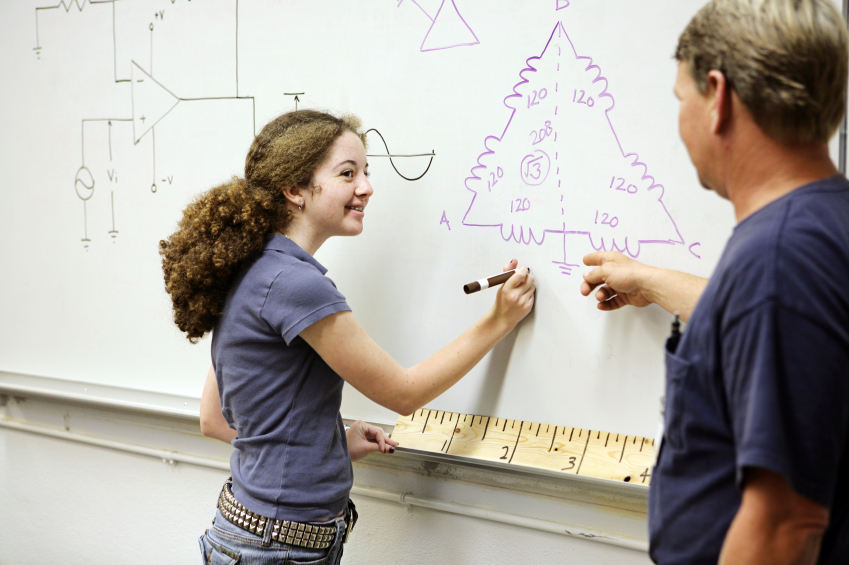Acronym Alphabet Soup
Education is littered with a variety of acronyms. “EOCs MSL,” and “Good PD fosters a solid PLC,” are actual sentences. For anyone who isn’t shoulder deep in educational acronyms, these sentences translates to “End of Course tests Measure Student Learning” and “Good Professional Development fosters a solid Professional Learning Community.” STEM and STEAM are two such acronyms that have become popular in the last few years, especially in education.
STEM: Economic Growth and Student Success
STEM stands for the academic disciplines of Science, Technology, Engineering, and Mathematics. It is usually used when talking about the future of our economy and inadequate education policy and curriculum. The National Science Foundation defines a STEM subject very broadly, including most traditional sciences, information technology, engineering, mathematics, it also includes social sciences like anthropology and economics. The push behind expanding education in STEM fields comes from the idea that the United States is not training enough people to be scientists, engineers, and professionals in technological fields. These are the kinds of jobs that are expected to experience the most growth in the next few decades. STEM disciplines also require a great deal of educational specialization. It is impractical, not to mention illegal, to learn how to design skyscrapers or bridges by trial and error. Medicine has a similar problem, even if it is called ‘practicing.’
STEM programs, initiatives, and curriculum are designed to address this disconnect between students and the technical world that they are growing into. Students must have a basic level of proficiency in math, science, and technology in order to go into STEM fields. Beyond that, they have to be introduced to these fields well before they begin their careers. Rare indeed is the elementary school student that wants to be an electrical engineer or synthetic biologist. Exposing all students to complex science and mathematics, having them become proficient with technology, and providing experience with real-world problem solving is an excellent way to have students be willing to study in STEM fields after leaving public school. Encouraging students to move into these fields is enough of a priority that there are several hundred million dollars of proposed funding in next year’s budget explicitly for STEM programs.
STEM to STEAM
STEM is designed to impart technical proficiency in our students for the fields mentioned above. Innovation and growth in these technical fields is based on expertise in these technical fields. However, the most significant innovations in these fields are inspired by more than just technical know-how. Massive changes in our economy come largely out of these fields, but teaching only technical skills ignores the influence of art and design in the creative process. STEAM takes the Science, Technology, Engineering, and Mathematics and adds art and design. The inclusion of art and design elements can increase student performance in these technically oriented subjects. Research has shown that the arts combine motor skills, perceptual representation, and language skills that are regularly used in acquiring, storing, and communicating knowledge. This allows for more efficient learning. It also allows students to be significantly more creative and innovative. STEAM is an initiative proposed by the Rhode Island School of Design that seeks to integrate art and design into STEM education. It is really designed as an evolution of STEM education rather than an opposing viewpoint. This integration can best be seen in the name itself: The artists and designers out there are fully aware that STEAMD would make a silly acronym, so Design is rolled into Art.
STEAM in Practice
Functionally, incorporating artistic expression into science, mathematics, and technical subjects is the goal. Having students create representations of scientific concepts instead of simply explaining them can be much more powerful. Creating and seeing the multiple representations of other students can help students better comprehend complex processes and ideas. The defining principle of STEAM, beyond that of imparting STEM knowledge, is that of constrained creativity. Being able to freely create within the limited bounds of reality, whether scientific, technical, or mathematical should be the culmination of STEAM learning. Freely creating while still describing the knowledge that students have been taught fosters a deeper level of understanding and thinking.
We will be going into more detail about implementing STEAM principles in an EDI classroom in another blog post soon.

